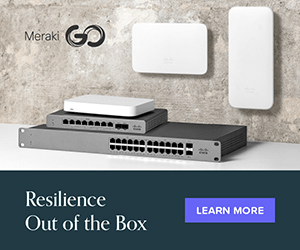The dark web, often misunderstood as a haven for illicit activities, has also become a critical tool for those who prioritize high-level security in sensitive data sharing. It offers an encrypted environment where users can communicate and exchange information without being easily traced. This level of anonymity has made it a preferred choice for journalists, whistleblowers, and others dealing with confidential information. By leveraging technologies like onion routing and advanced cryptographic protocols, this ecosystem provides a secure platform that ensures privacy is preserved at every step. For professionals handling sensitive information, traditional internet communication channels often fall short in safeguarding their data. Risks such as hacking, data breaches, and surveillance have increased the demand for alternatives that offer enhanced protection. The dark web provides a solution by minimizing exposure to these threats. Its architecture is designed to obscure user identities and locations, reducing the risk of interception or unauthorized access during data exchanges. This makes it a viable option for those seeking a more secure communication method.
The secure environment of the Nexus onion web is primarily achieved through multi-layered encryption. This process encodes information in such a way that only the intended recipient can decode it. As data travels through various nodes, each layer of encryption is peeled away, revealing the next node’s address but not the sender’s identity. This ensures that no single intermediary knows both the source and destination of the data, significantly enhancing privacy. Such measures make it exceptionally difficult for malicious actors to compromise the system. Despite its benefits, using the dark web for sensitive data sharing requires a nuanced understanding of its tools and practices. Not all platforms are inherently safe, and users must exercise caution to avoid scams or breaches. Reliable services often include additional layers of authentication and encryption to ensure the highest standards of security. By following best practices, users can maximize the dark web’s potential as a secure channel for confidential exchanges while minimizing associated risks.
The dark web’s role in secure data sharing extends beyond individual users. Organizations and governments also utilize its capabilities to safeguard critical information. For example, encrypted platforms within this realm are used for secure communications, protecting sensitive intelligence, or enabling discreet collaborations. Such applications highlight the versatility of the dark web as more than just a space for secrecy, but also as a valuable tool for maintaining data integrity in high-stakes scenarios. However, like any technological tool, the dark web is not immune to vulnerabilities. Emerging threats such as sophisticated cyberattacks and exploitation of weak points in systems underscore the need for constant vigilance. Continuous updates, adherence to secure protocols, and regular audits are essential to maintaining the safety of data shared in this domain. For users, understanding the limitations and evolving risks associated with the dark web is key to leveraging its benefits effectively. Ultimately, the dark web provides a unique combination of anonymity and security that is unmatched by traditional online communication channels.


